14 TV Types to Make the Right Future-Proof Choice
Author: Rick Worst | Editor: Omar Alonso
Review & Research: Jen Worst & Chris Miller
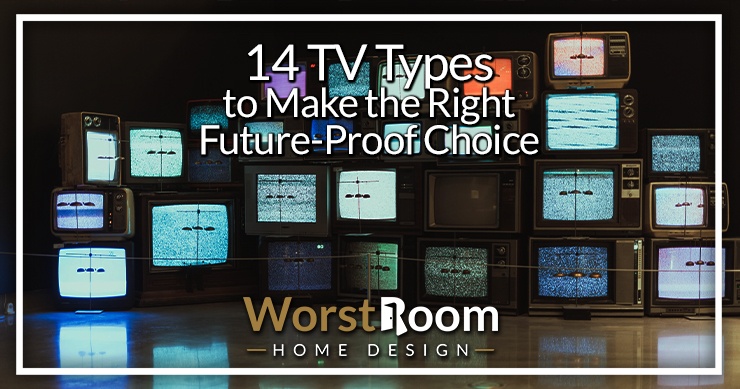
Television has only been evolving throughout the years, and knowing the different TV types available is essential, especially when you want to buy one. Things have changed fast so let's catch you up to speed.
With the advancement of technology, the types of television have drastically changed. QLED, OLED, LED, and LCD are some of the different types of TVs that are skyrocketing in the market now.
So, to help you with that, we have listed and explained all the major types of televisions for you. Study these different kinds of TVs carefully so that you know which to purchase and which not to, because many are already outdated. We'll keep you informed as you go.
14 TV Types
Here, in this section, we'll let you know all the common TV types and their detailed information so that you can differentiate them better. And later when you need, make sure you know the right types of video cables to pick up.
Laser TV
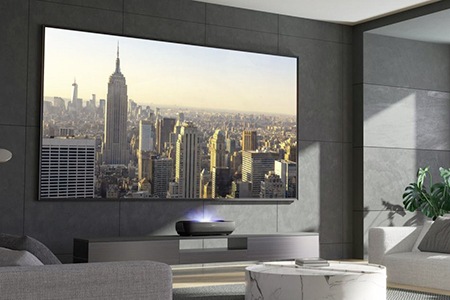
Laser TV's were first proposed in 1966 and finally became viable for the public in 2008, though the price was high. Fast forward to today and their popularity is rising as the price gets lower.
A digital micromirror device (DMD) generates lasers of three colors and modulates their frequencies using rotating mirrors (that rotate thousands of times per second), mixing the colored lasers at the right ratios to produce all of the colors needed to replicate moving images.
Laser TV's usually only come in larger sizes (upwards of 80 inches) while boasting sharp colors, high eye-comfort, with bright and authentic picture quality at the 4K resolution and beyond. They weight about 1/10th of what a similarly sized LCD TV would weigh.
QLED (Quantum Light-Emitting Diode)
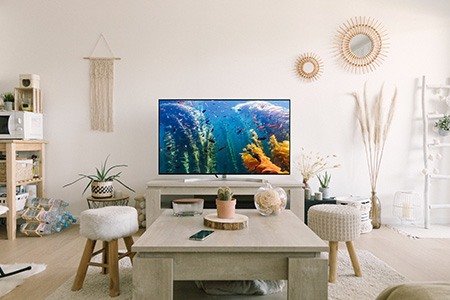
QLED is also known as Quantum Light-Emitting Diode and is one of the latest next-generation of LCDs. Quantum dots are nanoparticles embedded in an LCD. Moreover, it can easily and accordingly change or improve brightness and color.
However, OLEDs have better contrast ratios over QLEDs, have a larger screen, and are less susceptible to burn-in. QLEDs are also more affordable than OLEDs. Between these two different TVs, OLED is taking the lead currently. That can change fast, though.
LED (Light Emitting Diode)
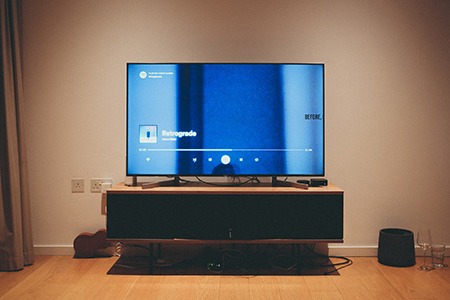
LED is an updated version of LCD TV, and all of their features are improved here, like the brightness and black images. These TV display types are absolutely wonderful and were the leading edge for many years and still compete as the best.
Blacklight is also used to make this TV type thinner and more efficient than fluorescent lighting. However, you may need to extend your pockets a little here to get these fluorescent light alternatives.
Thousands and more light-emitting diodes power each LED to light up a pixel on the TV screen. LED panels also use 20 percent less energy than LCDs and provide a vibrant, colorful, and better contrasting image than an LCD panel. However, on average, LEDs are more expensive than LCDs.
LEDs TV is of two types:
- LED-backlit
- LED-edge-lit
Both of these types play a vital role in making the LED TV one of the best options for you.
OLED (Organic Light-Emitting Diode)
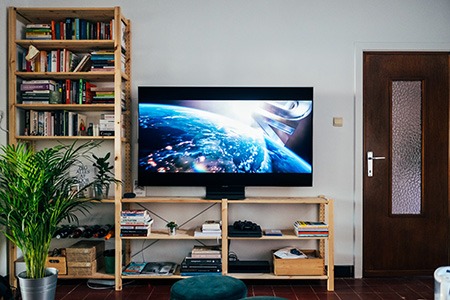
An OLED has an organic compound that responds to electricity by emitting light. The organic compounds have small polymers and molecules located between two electrodes. One of these is a transparent fluorescent compound clearly for viewing.
OLED also doesn't need backlighting since it has light-emitting technology, and that's why OLEDs can display a much clear display than LCD screens.
However, after 1,000 hours of use, the luminance gets degraded by 12%. So, to solve this problem, the newest models have developed 100,000 hours lifespan of citing stats. Of all the TV screen types, this is the current best and most advanced, and it comes with a price tag that proves it.
This television type also doesn't need filter layers, and this is one of the significant reasons why they are so thin and lightweight. Moreover, they also consume 40% less power than LCDs and provide 1000 times faster response and color quality. Whether in your family room or living room, you'll enjoy this leading edge technology.
DLP (Digital Light Processing)
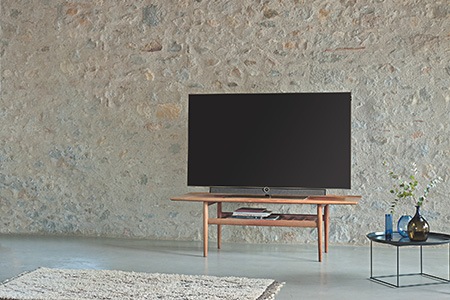
DLP TVs came to action in the 1980s, and they contain optical semiconductor chips with over 1 million mirrors that work signals digitally by tilting to varying degrees reflecting light in different directions to create an image.
Moreover, it has cathode-ray tubes that give a smooth and well-textured viewing. That's not all; this TV type also has a longer lifespan and is also lightweight. This DLP tech is even used in several other different TV types with thinner, quieter, and faster response rates.
LCD (Liquid Crystal Display)

Liquid Crystal Display (LCD) TVs are the most common television type in the market now. Moreover, each LCD pixel contains several precisely oriented molecules aligned between two polarizing filters and two electrodes. These TV display types are still what you'll find in the best computer monitors.
The electric field is applied for liquid crystal to rotate at a degree dependent on the voltage used. Plus, this has different voltage pixels that are provided on the screen to produce great images. However, you also need to know that no light can pass through when the screen is inert.
Direct View TV
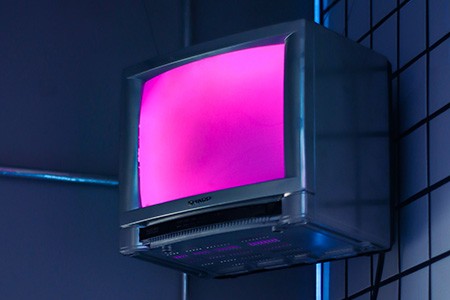
Direct view television is the recreation of the classic ones. It has those cathode-ray tubes like those classic TVs, and these TV types aren't available in most countries due to the advancement of new technology. Some call these CRT TVs (for cathode ray tube).
However, these different TVs still have value due to its cathode-ray tube. Even, Direct View TVs have an extreme cathode-ray line that is now pretty rare. Yet, this TV is valued because it's a classic, and it will always be one of the first generations of the new and advanced TVs.
Plasma Panels

The plasma display panel was the first Flat TV alternative with better cathode-ray tube technology. Moreover, Plasma TV also has a much faster response over cathode-ray tubes.
It has been designed to have a pixel with a cellular grid containing plasma and ionized gas that respond to an electric field.
The plasma layer is bordered by glass panels and electrodes in the front and back. Furthermore, they used identical phosphor screens as cathode-ray tube TVs to make color depth similar in both technologies.
4K UHD
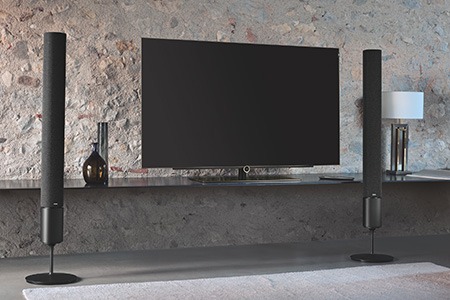
This technology provides a much brighter and bigger 1080 television. It's also known as ultra-HD TV because of the higher resolution and superb picture quality.
UHD's have 8.3 million pixels, 3840 horizontally and 2160 vertically. 4K TV justifies its name as it has 4 times the number of pixels as any other TV available on the market.
It provides excellent resolution and sharpness in display pictures. And to enjoy your 4K television service, you must switch to 4K channels or film to experience the most realistic picture quality ever.
Flatscreen TV
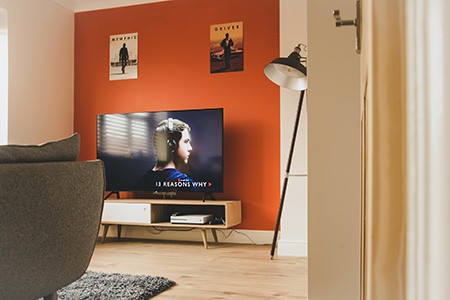
The flat TV is one of the most used and robust televisions in the market now. It also comes in different sizes so that you can choose the best size according to your needs.
Moreover, this TV type has a thin and flat display and can also be run as LED, 4K, 8K, and many more. The flat screens are generally divided into two categories:
- Static hold image without energy (yet requires some energy to run)
- Volatile for constantly running the image
These days, every types of TV you find to purchase will be a flatscreen TV, so this isn't really anything worth worrying about. It's superior and there's no other choice. They're thin and light weight so wall-mounting them up high in your bedroom or placing them on the right types of tables is no problem.
Curved TV
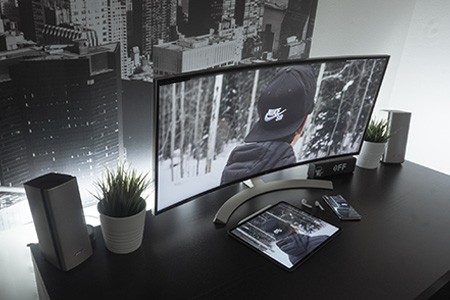
Of all the TV types, the curved TV is the newest and possibly most gimmicky. Its display is slightly curved from the edges to provide a three-dimensional image viewing experience. I call it a gimmick but my computer monitor has the slightest curve that helps with viewing angles and I really like it.
All other different types of TVs with flat screens are pretty significant in size, so curved screens may help you better view the entire screen from up close. Moreover, the technology is developed so that it won't appear dark or blurry even from the sides.
Widescreen TV
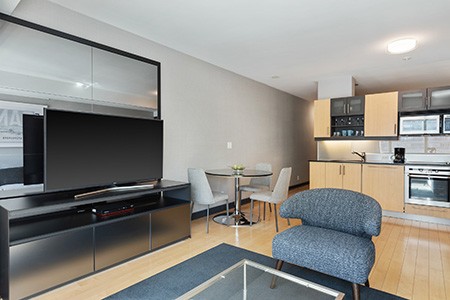
Classic televisions were made in the 4:3 (four-by-three) aspect ration because that's how TV programs and movies were made and broadcasted. But for a long time now, that standard has changed to the 16:9 aspect ratio.
To take advantage of the 16:9 aspect ratio you need a widescreen TV. I was at my parents last weekend and they still have 4:3 TV's and large portions of the news broadcasts on the left and right were cut off and not visible. I tried to explain it to them but they didn't care. They're missing entire chunks of movies due to this.
Ultra-Widescreen TV
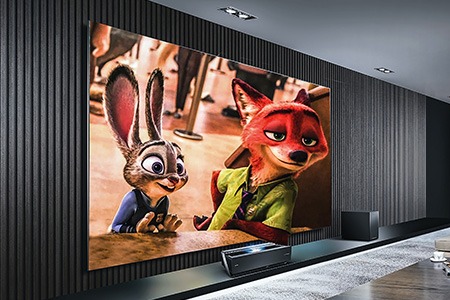
Even now, movies are switching to the 21:9 aspect ratio, which is called ultra-widescreen. These TV display types appear "short" to some, as in not very tall and too wide, but that's how movies are being made and released to the public.
These TV screen types are the future (and most, including myself, already have them in the present). They're more popular for computer monitors right now, but that will be changing soon as TV manufacturers catch up.
We can see a lot more in our peripheral vision than we can up and down, which is why we don't just buy a gigantic 4:3 TV. It does us no good, but more space to the left and right works great. People whine about having black bars on the sides if the footage isn't in the 21:9 aspect ratio, but it really doesn't matter.
Rear-Projection TV
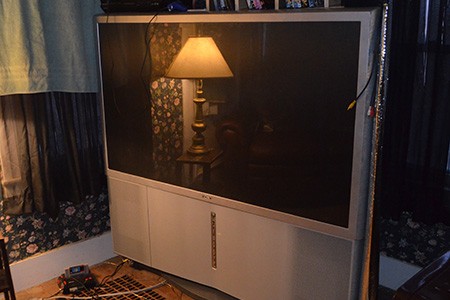
These different TVs are now ancient and you won't find them to purchase any more. The technology is essentially dead. These have cathode ray tubes and come in gigantic cabinets with speakers built in. They used to be incredibly popular, especially for large sized TVs from 60 inches and above.
These big types of televisions didn't require any coffee tables, coffee table alternatives, or entertainment centers to place them on. Everything came built in.
The danger with these TV types is that they were front-heavy, meaning they could be tipped over easily, and they were incredibly heavy. They could easily harm a child climbing on them if they tipped over. It's better that these are no longer available. Moving them in and out of the home was a nightmare, too.
Smart TV
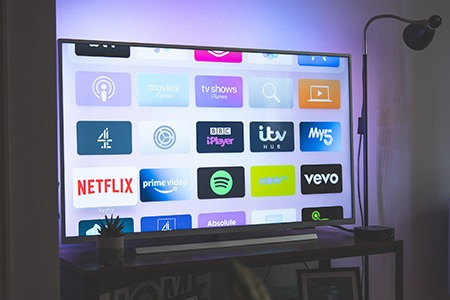
When you hear the term "smart TV" it generally just means that it can connect to the internet using WiFi. But what it also means is that the TV will have an operating system like a computer or tablet that you can move through, install and use apps like Netflix, Hulu, YouTube, and Disney+, and will have gobs of other features.
Like "flatscreen TVs", nearly every types of TV available for purchase these days will be smart TVs. They'll have remote controls with microphones in them to take voice commands, some have laser pointers in them to select items from menus on the screen, and much more.
Types of TVs to Give You the Features You Want
You can customize your different kinds of TVs with a speaker system for a better experience. Nowadays, the TV technology game is getting better.
Many TV display types are available in markets that offer advantages of faster response times and high contrast levels and consume less than half the power of current LCDs. So, we believe now you'll have a better and broader idea of the different TV types and know how they differ from each other to give you the best TV experience.



